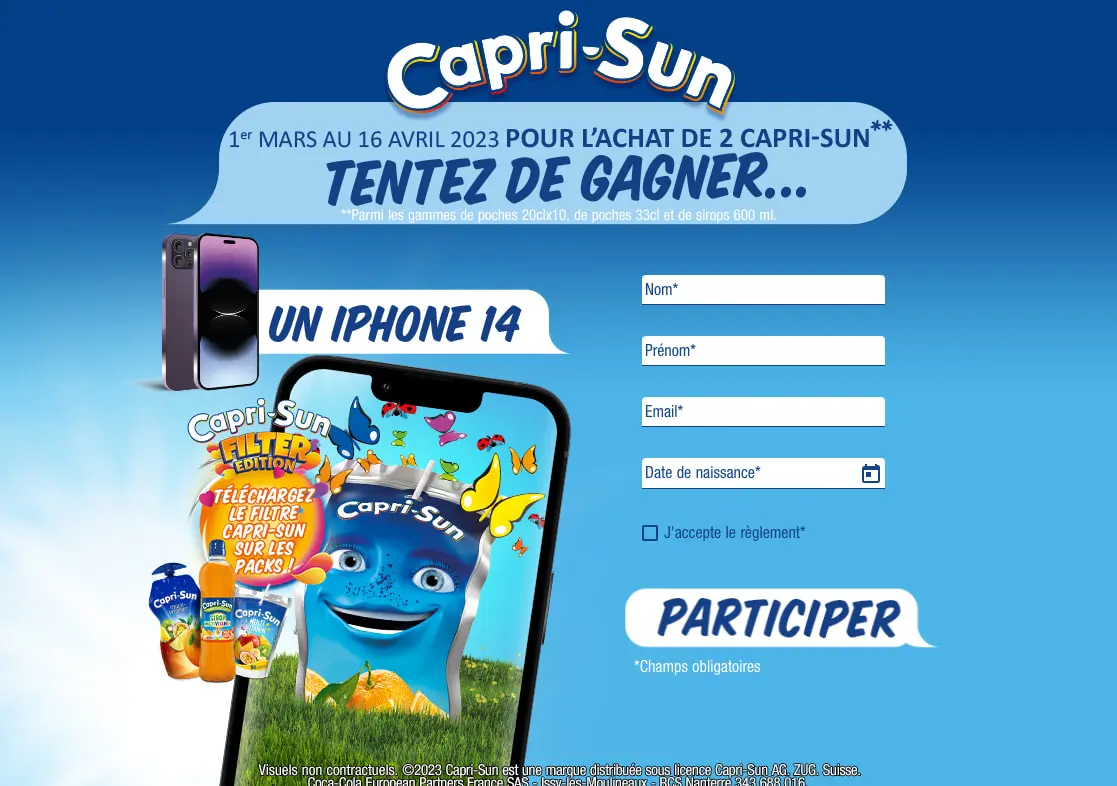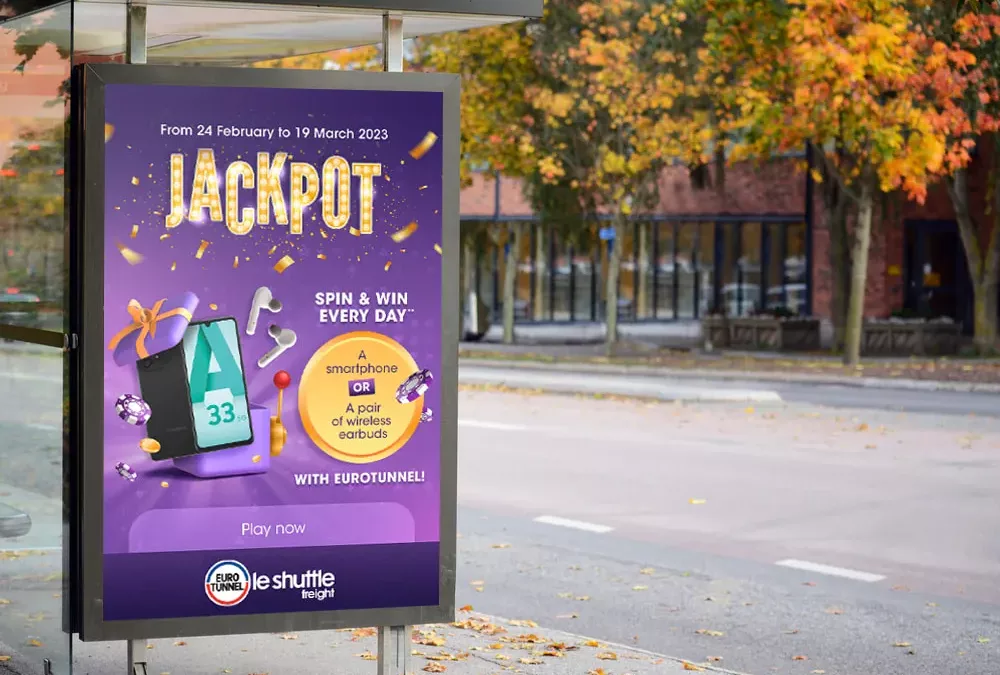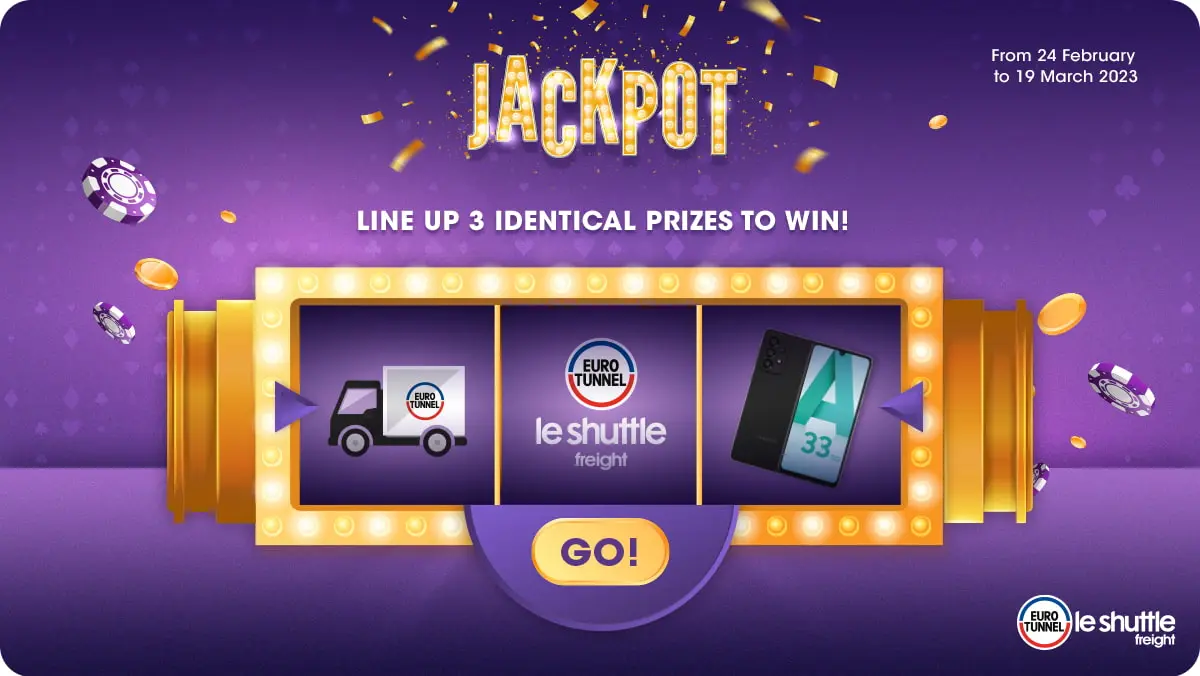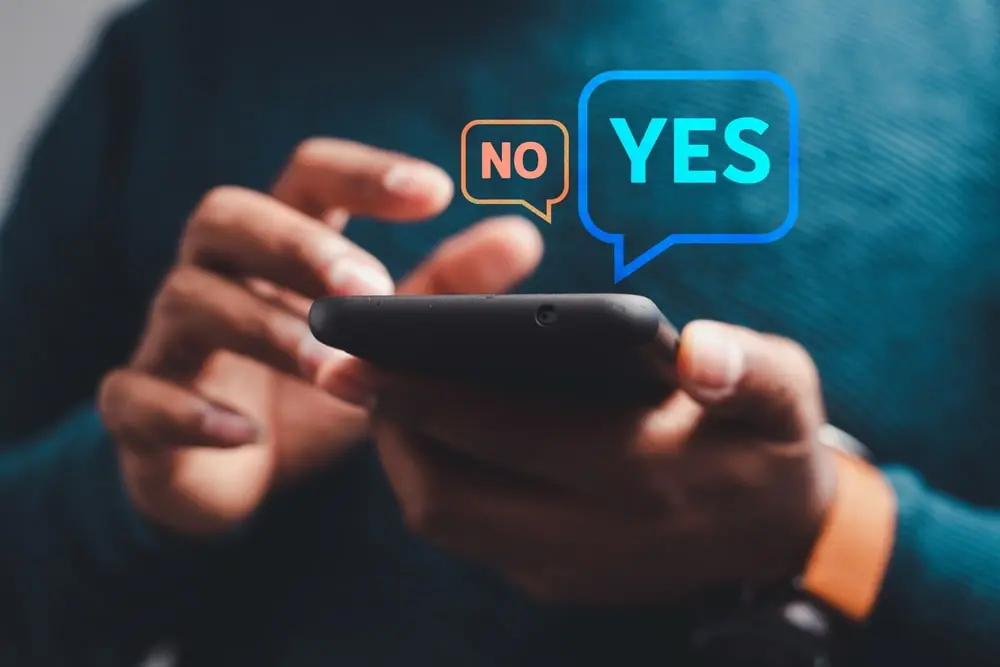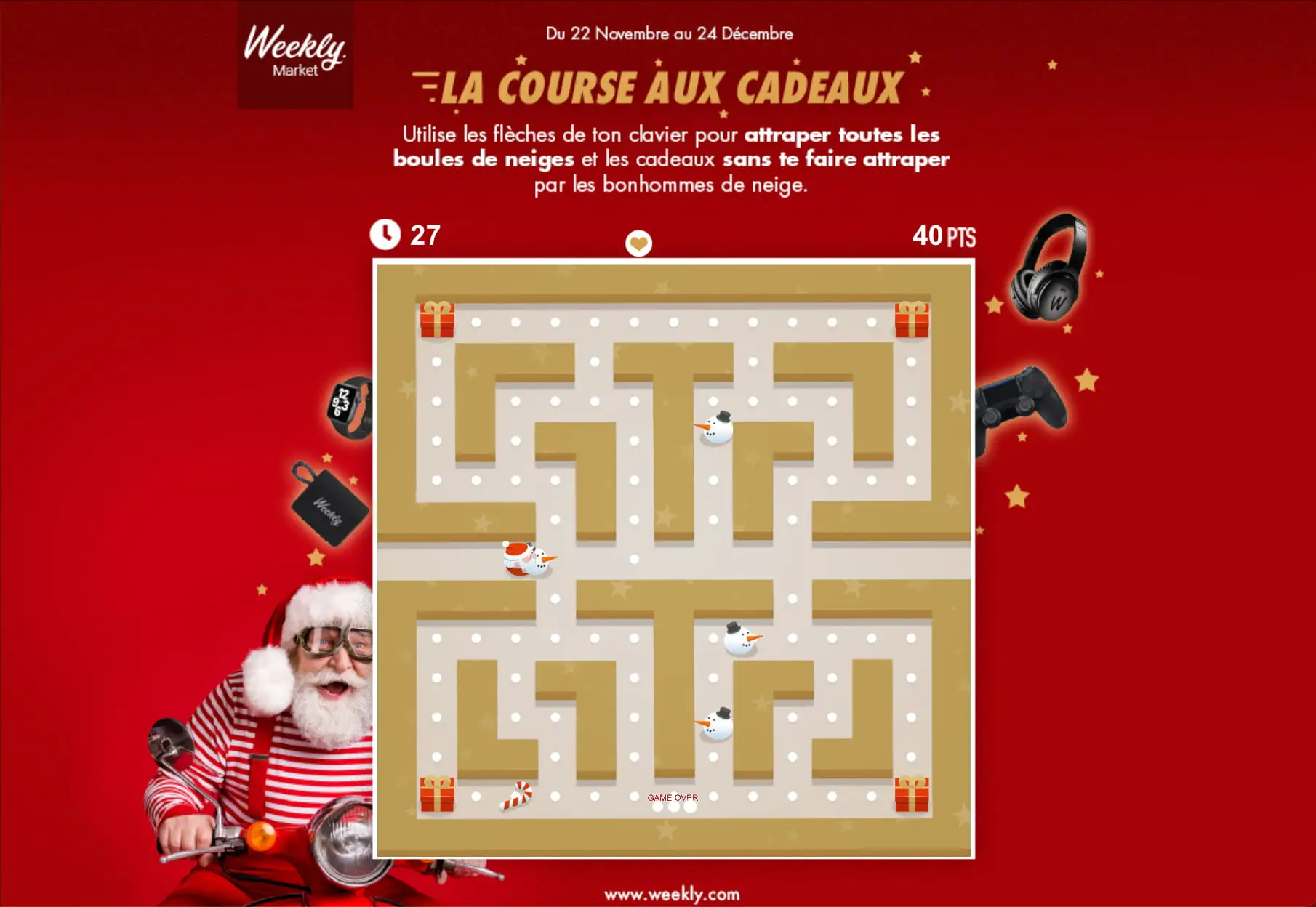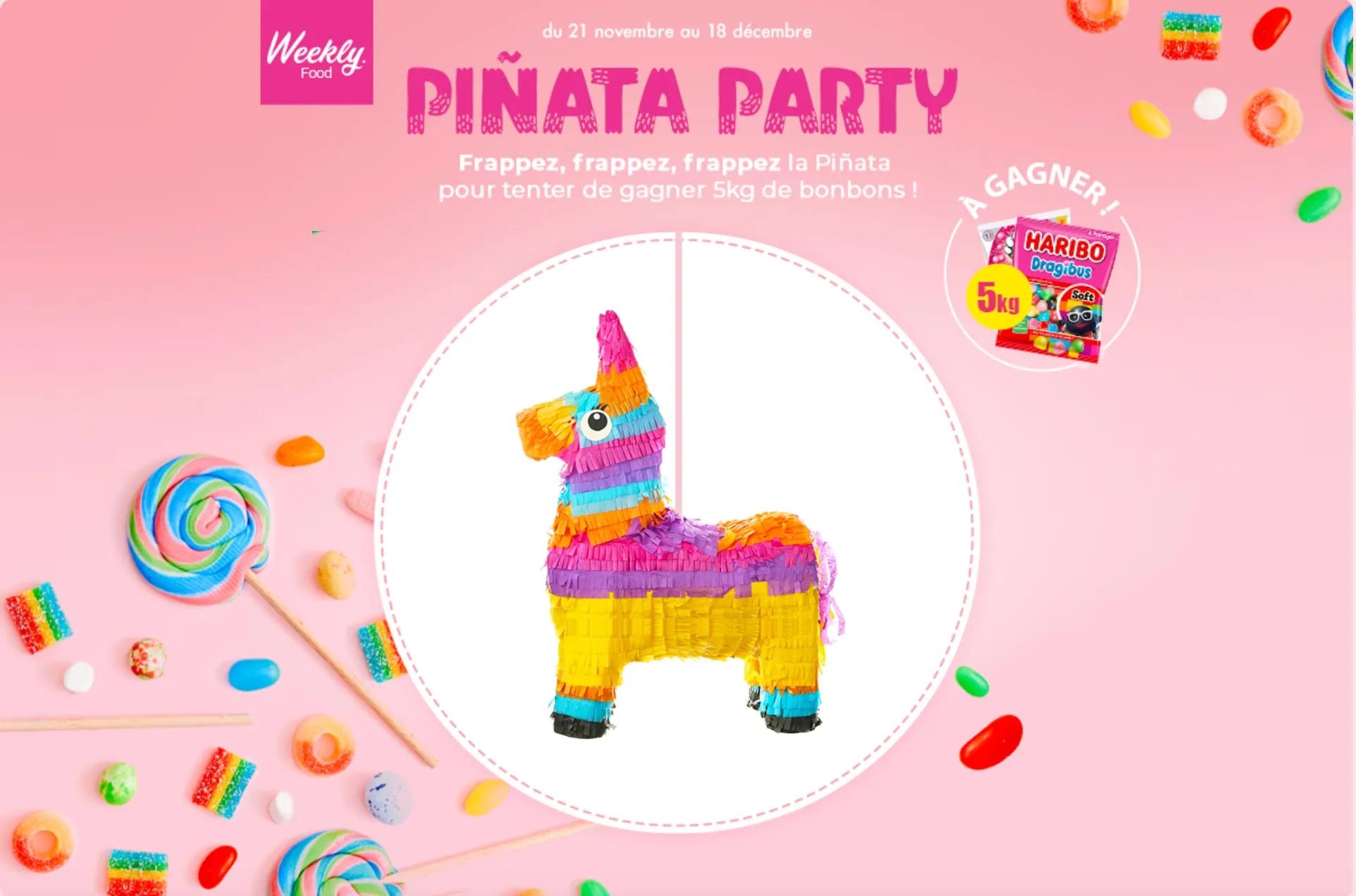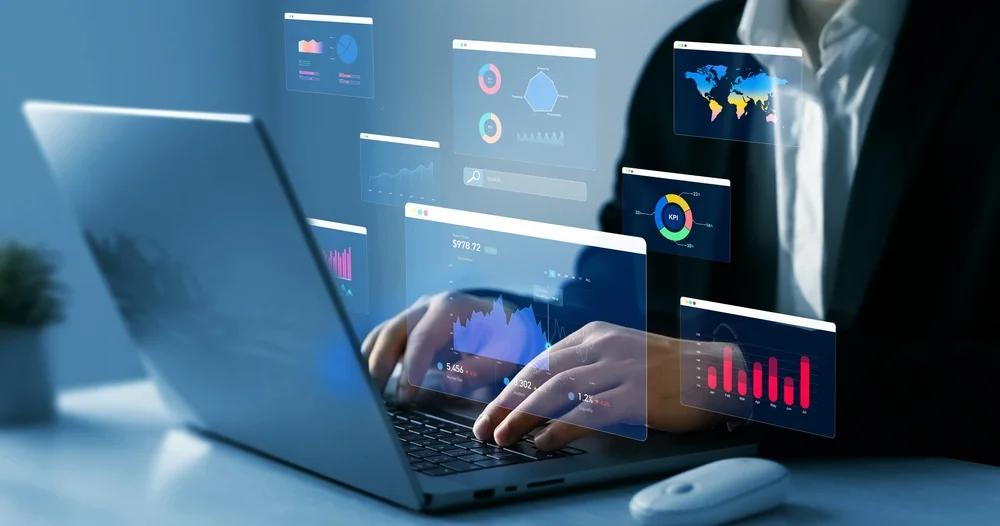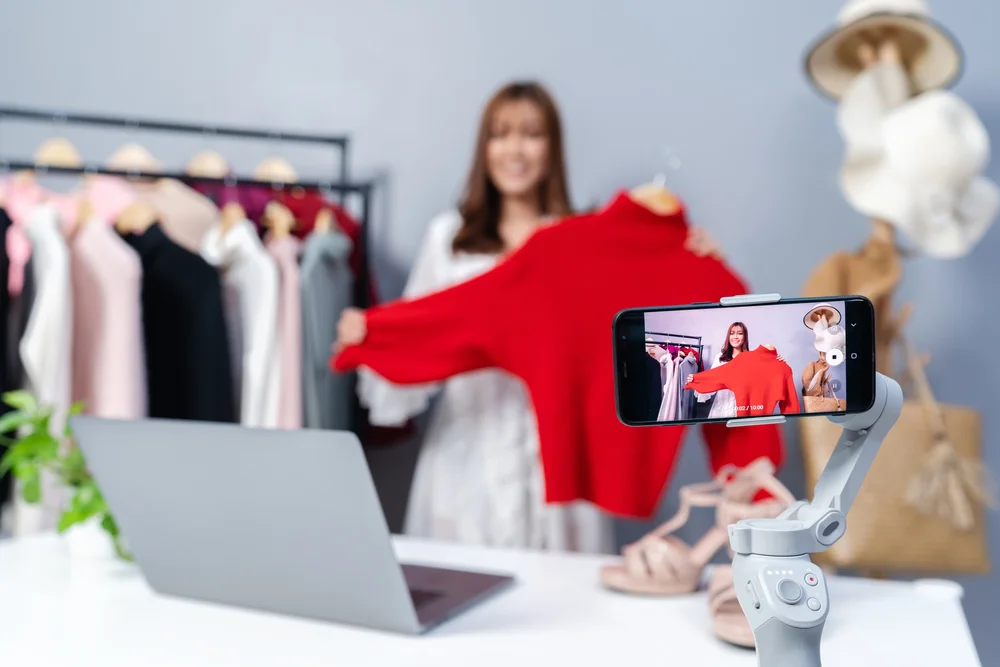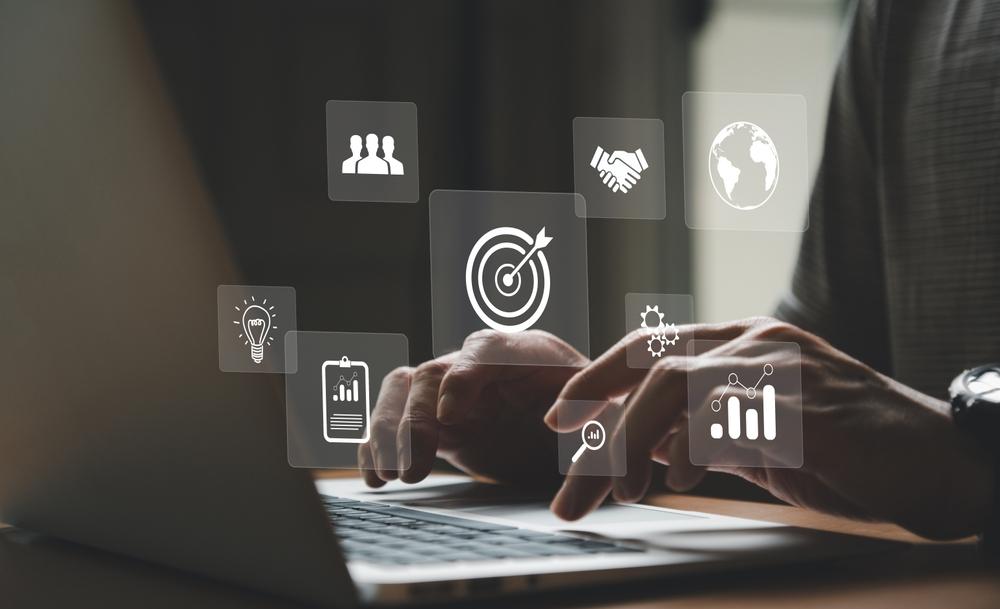
How to attract new customers with a marketing game
In an increasingly competitive environment, it is becoming more and more difficult for companies to attract and retain new customers. Traditional marketing and advertising methods are no longer as effective, so brands need to think outside the box to stand out from the crowd.
Gamification is an innovative approach to attracting new customers. This strategy involves incorporating playful elements (from the world of video games, for example) into a marketing campaign to capture the attention and engage the audience.
By making the brand experience more fun and interactive, marketing games can help companies win over new consumers. In this article, we share examples and practical advice at 4 different stages of the customer journey:
- Lead generation ;
- Brand awareness ;
- Conversion ;
- Creating a customer account.
1. How to attract new customers with marketing games
Identifying and engaging potential customers is the first step in the sales pipeline of a company. The company needs to determine the audience it wants to reach (i.e. the customers most likely to be interested in what it has to offer) and develop a relevant strategy to attract their attention.
The organisation can use a mix of several marketing levers such as content marketing and search engine optimisation (SEO). Or social media marketing by sharing entertaining content on social networks.
Lead gen will then involve encouraging these prospects to interact with the brand, by giving them an email address to which it can send them personalised emails.The marketing game is a particularly interesting tool for collecting the contact details of new leads. The promise of a reward (such as a discount voucher offered via an instant win) will encourage consumers to fill in a lead generation form.
Which marketing game to use to generate leads?
At this stage in the sales funnel, when the consumer is not yet familiar with the brand, the key is to capture their attention through a simple mechanism that requires little commitment.
The company can therefore bet on a winning moment like a wheel of fortune. Le prospect pourra y accéder après avoir partagé son adresse mail, par exemple. Cette action créera automatiquement un profil de prospect sur la plateforme de gestion de la relation client (CRM) de l’entreprise
The participant will know instantly after launching the game whether they have won a prize or not. By focusing on a prize that encourages people to buy (such as a discount or an attractive prize), it will be easier for the company to convert this new prospect into a customer.
The choice of distribution channel is also important. For lead generation, companies can rely on social networks, which allow them to reach a wider audience. Spreading the campaign on social networks is therefore vital for reaching a large audience. The brand can also give participants the chance to maximise their chances of winning by sharing the marketing game, thereby making the campaign go viral.
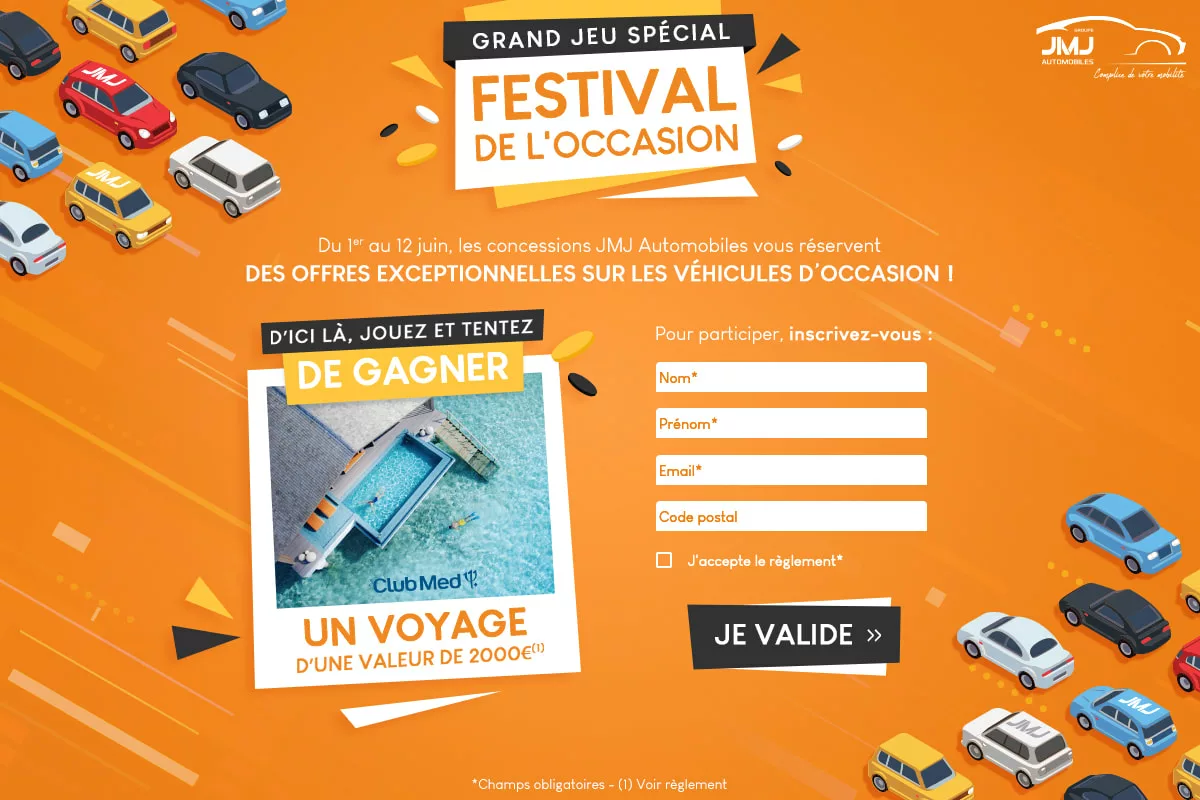
2. Using gamification to develop brand awareness and recall
To attract new customers, companies also need to raise their profile with their target audience. Gamification is an excellent way of achieving this objective and making your brand more easily recognisable. Marketing games can be used to create a memorable and differentiating brand experience.
Gamification generates commitment by making each piece of marketing content interactive. Prospects can interact with the brand via a fun mechanism which, as well as entertaining them, potentially allows them to unlock advantages or benefits. attractive endowments.
But gamified marketing campaigns are also more effective in terms of receptiveness and memorability of commercial messages. In fact, gamification is already used in a learning context (known as edutainment) because it increases retention of new information.
By transforming the consumer into a player in the marketing game, the company enables them to become more actively involved in the content that she shares with him. This commitment strengthens attention and enables the information shared to be mobilised in concrete situations (such as a memory or a quiz, for example).
Gamification therefore enables marketers to educate and inform people about the brand, its products or services.
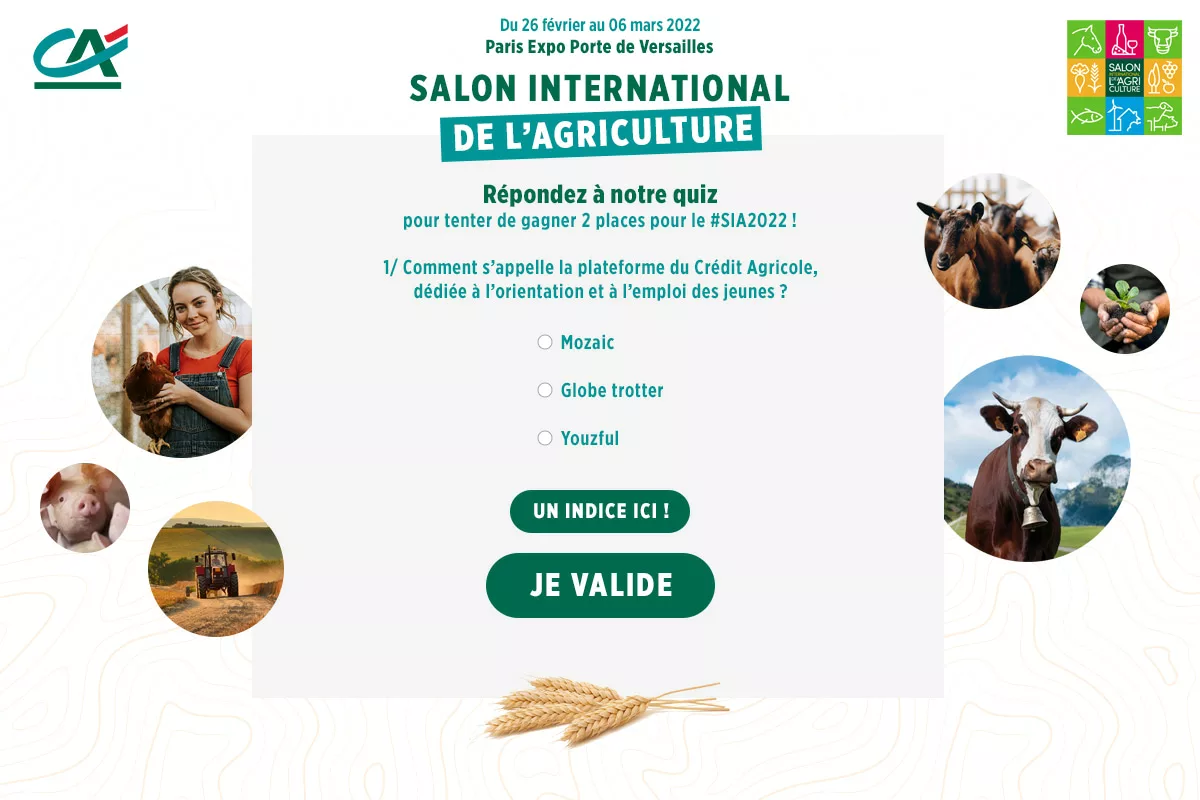
Which marketing game to use to boost brand awareness
The Memory is a very popular memory game that involves finding pairs of identical cards from a set of face-down cards. The game is entirely customisable. Companies can therefore use it to promote a new product or service. They can personalise the cards according to their graphic charter and the offers and products they wish to promote, for example. Participants will discover it in a more entertaining way, increasing their memory of its characteristics and advantages.
Another option: the puzzle, which involves reconstructing a brand logo or product image.
3. Gamification to increase your conversion rate
The next step is to turn these new prospects into customers Here again, gamification enables companies to increase their conversion rates.
As we have seen, marketing games are highly effective tools for collecting customer data. L’entreprise peut s’en servir non seulement pour obtenir les coordonnées de ses prospects. Mais elle peut aussi mobiliser des formats interactifs (comme the swiper or a form for choosing your favourite product) to identify the preferences of their audience. This customer knowledge will then enable them to retarget their prospects with personalised content that is more likely to convert.
But gamification can also provide prospects with incentives encouraging them to carry out a specific action (in this case, completing a purchase). Through a competition or instant win, the company will give its audience the chance to win discount vouchers or other benefits (such as free delivery). To take advantage of this, participants will be redirected to the company’s website or invited to visit its physical points of sale.
Which marketing game to use to increase your conversion rate
Competitions are a highly effective way of converting new prospects. The brand can offer prizes that are likely to generate a sale (such as a discount or voucher). It can also make these rewards time-limited to generate a sense of urgency that will encourage consumers to take advantage of them before it’s too late.
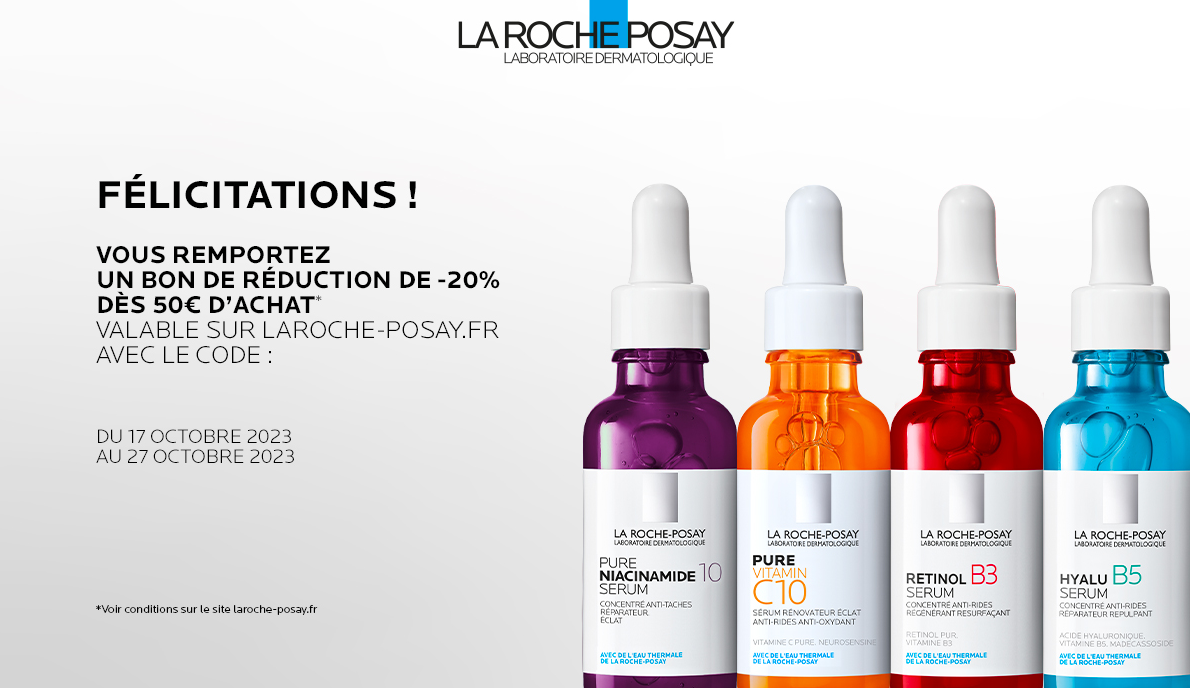
4. Using gamification to boost account creation
Finally, gamification can be used to encourage customers to create an account. As with a loyalty programme, the customer account enables the company to strengthen the relationship with the consumer by offering a series of benefits:
- product previews,
- faster, simpler ordering ;
- vouchers after accumulating a certain number of points.
For them, it’s an opportunity to have a direct channel of communication with their customers. Elle pourra par ce biais réactiver ces derniers avec des recommandations de produits personnalisés, des offres exclusives, etc.
In addition to the benefits offered, brands can encourage the creation of customer accounts thanks to a marketing game. To access the interactive animation, participants will need to create an account.
Which marketing game to encourage the creation of a customer account
To boost the creation of customer accounts, the Ouest France media distributed an Advent calendar . Ce format très populaire en période de fêtes de fin d’année a permis à l’entreprise de capter l’attention de plus de 81K personnes. Only participants with an account could access the game and hope to win attractive prizes (holidays, high-tech equipment, vouchers, etc.).
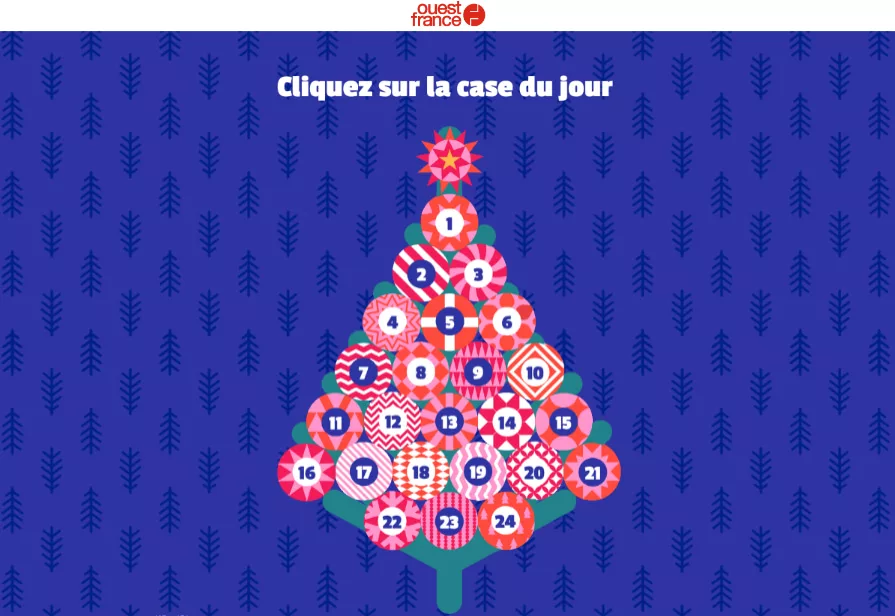
Conclusion
Gamification is therefore a powerful lever for attracting new customers. From lead generation to increasing brand awareness, not forgetting conversion and loyalty, marketing games make it possible to capture and engage your audience. Discover our interactive game mechanics to reach and convert a wider audience.



